Find any Museum in America with New MuseumStat Website and App
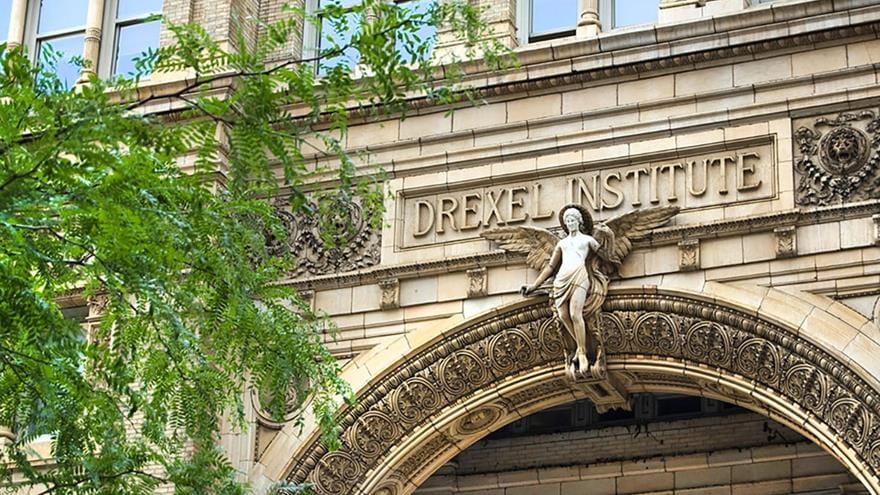
- A Message From Denis O'Brien, Drexel's Interim President
- Drexel Names Trustee and Area Business Leader Denis P. O'Brien Interim President
- Is Climate Change Keeping Patients from Vital Doctor Appointments?
- Drexel Team Identifies Drug-like Molecules That Show Early Success in Targeting Breast Cancer Brain Metastases
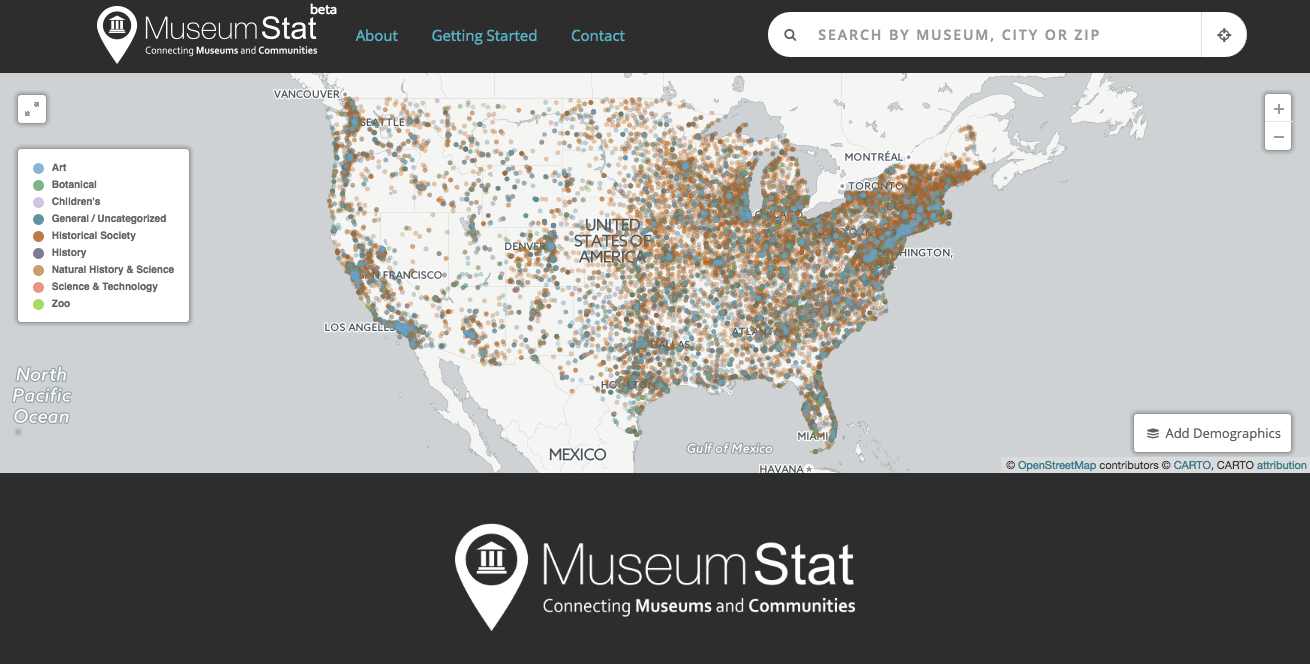
MuseumStat provides important measures of community health and well-being, easily accessible through maps, charts and graphs.
There are over 30,000 museums across the United States – and now you can learn about each one, with the online resource MuseumStat, a powerful tool to better understand museums and their role in our communities. For those with wanderlust and a zeal for travel, the associated iOS app, MuseumFinder, will reveal what museums may be just around the corner through its location-based GPS search.
How else would a whisky connoisseur know to visit Kentucky to experience the Oscar Getz Museum of Whiskey History? Or that there’s a tow truck museum in Chattanooga, Tenn., a Museum of Death in Los Angeles, and a knife museum in Napanoch, N.Y.?
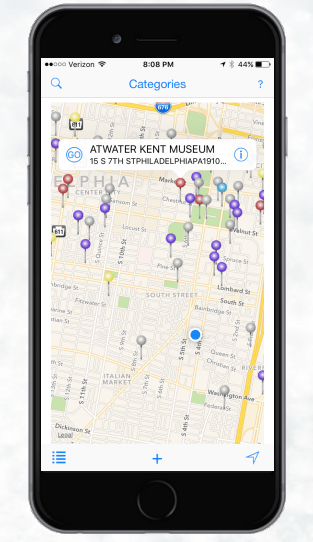
For museum leaders, researchers, advocates and policy makers working to understand the scope and reach of museums and seeking to create exhibits and programs that are more directly tied to their surrounding communities, MuseumStat is a crucial tool. Neville Vakharia, an assistant professor and research director of arts administration in Drexel University’s Westphal College of Media Arts & Design led this research and development effort with a goal of not only gathering important data, but visualizing that data through an easily accessible tool to help the museum field make data-driven decisions. MuseumStat uses technology to better connect museums and their communities and to ultimately help make museums more accessible to more people.
A Cooperative Research Grant from the Institute for Museum and Library Services provided Vakharia and a team of students from the College of Computing & Informatics, Westphal College and students from the STAR program (Students Tackling Advanced Research) the resources to create the first comprehensive documentation of museums across the U.S.– where traditionally definitions of museum-related entities lacked clarity, making museum advocacy and case-making more difficult. Gathering, deciphering, planning and coding – the plan was to leverage the available data and make something powerful, accessible and open-source. Using Drexel’s App Lab, located in the ExCITE Center (Expressive and Creative Interaction Technologies) students worked with Vakharia on the concept and development of the project’s MuseumFinder app component.
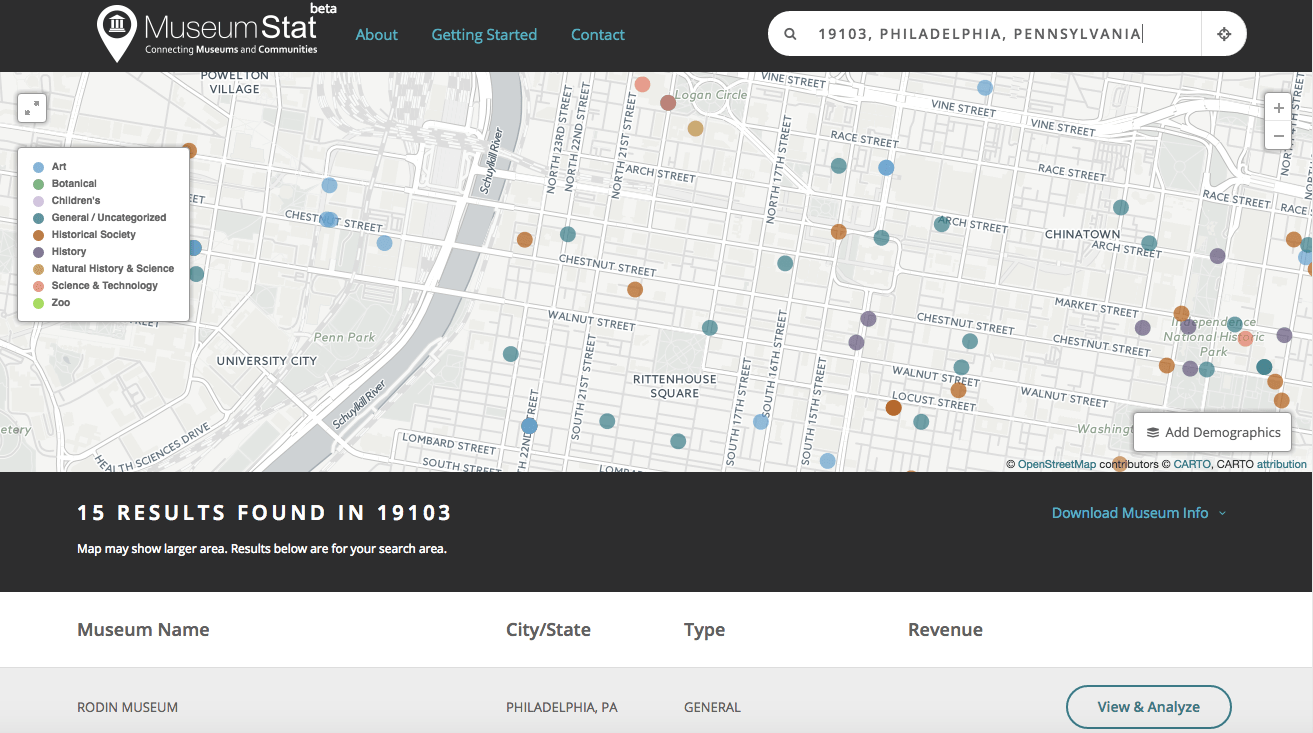
Who can benefit most from MuseumStat and MuseumFinder?
Researchers, advocates and policy makers: MuseumStat provides important, objective data to understand the scope, reach and impact of museums in communities. Data is visualized on-screen and provided for download to allow for the widest possible use and analyses.
Community leaders: MuseumStat provides important measures of community health and well-being, easily accessible through maps, charts and graphs. A wide range of museums are identified as community assets and potential partners for programs and services.
Museum leaders: MusuemStat affords critical information needed to inform programming and outreach activities for museum leaders. It can improve their case-making to grant makers, and generate data-driven analyses to enhance their community impact.
Travelers: MusuemFinder puts thousands of museums at your fingertips. Free to download, the easy interface allows users to view museums by type, get address information and directions. Quickly see what’s around you, search for any museum, enter any address anywhere in the U.S., or view a list of museums nearby. MuseumFinder uses the most comprehensive database available on museums, historic sites, zoos, aquariums and more.
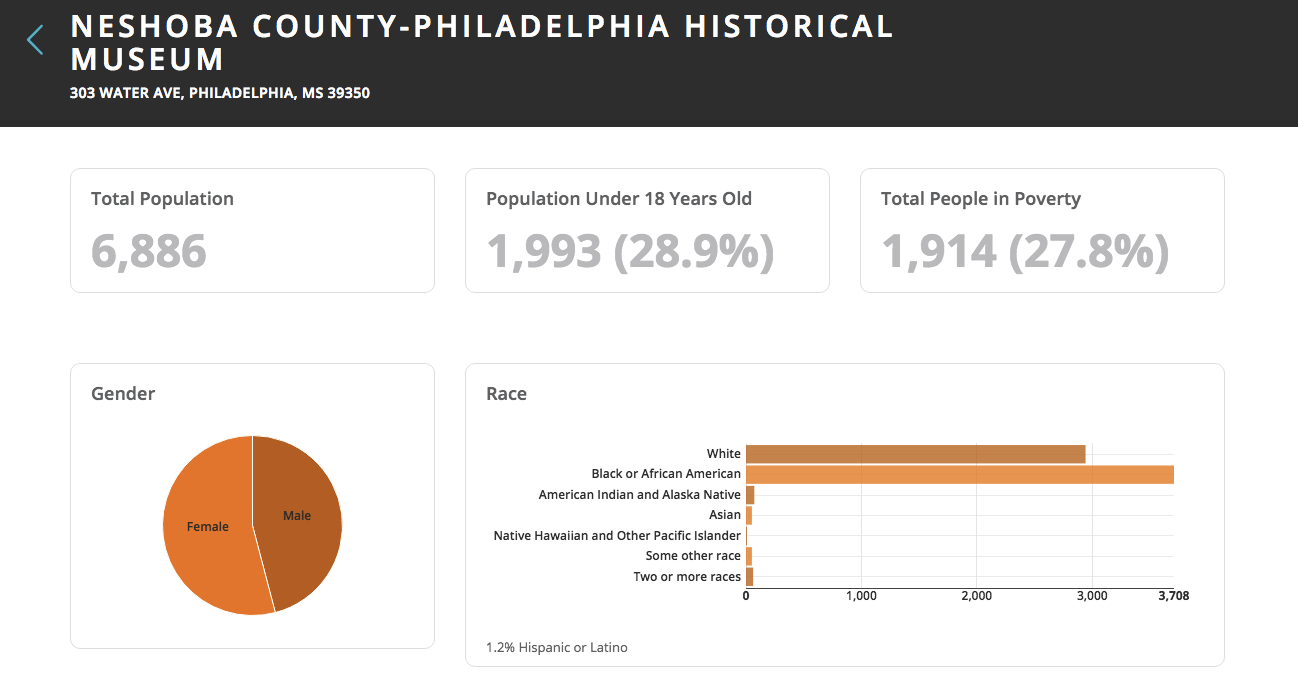
“This project is a direct result of how we can leverage the power of data and technology to help the nation’s museums and the communities they serve,” said Vakharia. “In an increasingly digital and knowledge-driven world, MuseumStat can serve as the means by which museums can better tell their stories, reach new audiences and demonstrate their impact. Ultimately, we’re using technology to help create stronger human connections.”
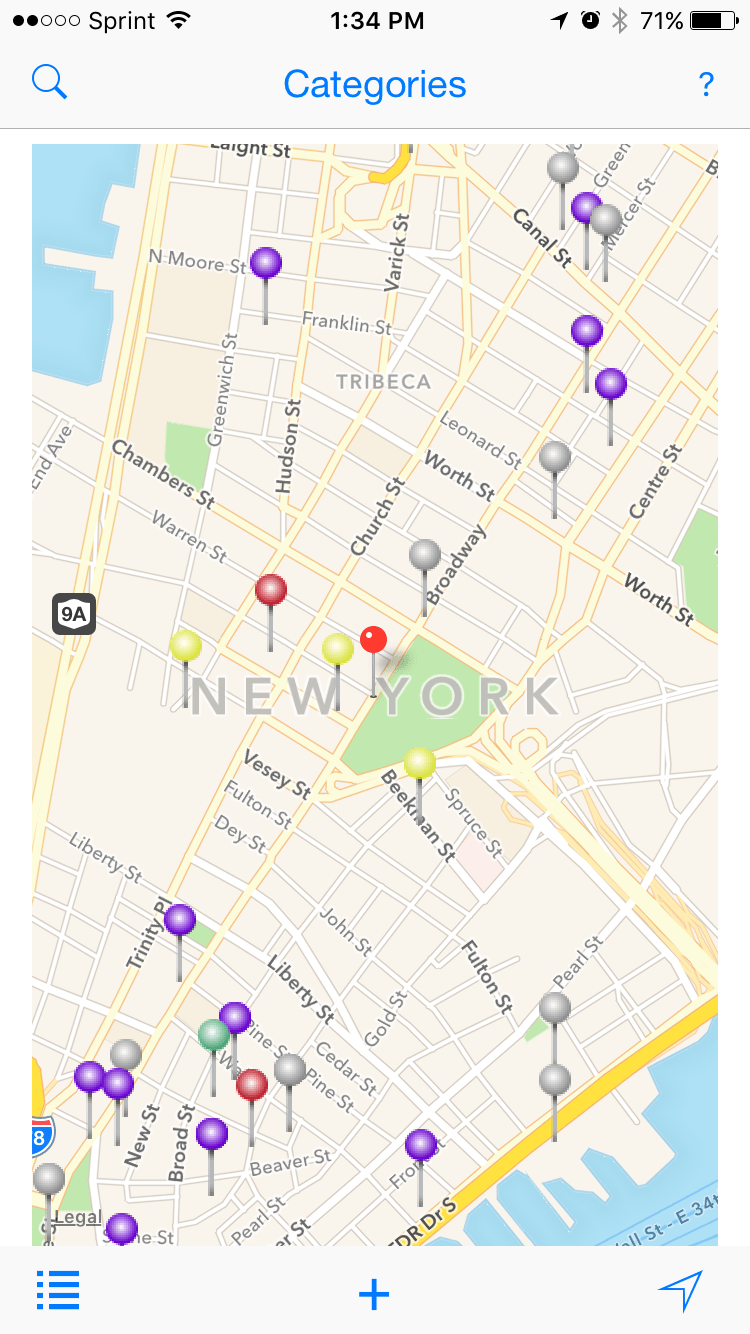
By selecting a specific museum from the MuseumStat search bar, users can learn its location and view it on a map showing additional surrounding museums. The ‘Add Demographics’ function updates the map with important data on demographic and community health measures. A data visualization dashboard provides dozens of important measures on people and households within any geographic region selected by the user. Relevant data can be downloaded by using the ‘Download Museum Info’ link.
MuseumStat uses two key types of data, the Museum Universe Data File (MUDF) and the American Community Survey (ACS) of the U.S. Census Bureau. The MUDF was developed as part of this research project, and is the most comprehensive data file of museums in the U.S., complied and updated regularly. MUDF data is derived from a variety of public sources such as information on tax-exempt nonprofit organizations from the Internal Revenue Service as well as proprietary data gathered from location-based data aggregators. This data is paired with that of the ACS, which gathers in-depth information on individuals and households throughout the country. MuseumStat uses the ACS 5-year estimates from 2010-2015, which allows for analysis down to the census tract level.
To learn more about MuseumStat, visit: www.museumstat.org
Drexel News is produced by
University Marketing and Communications.